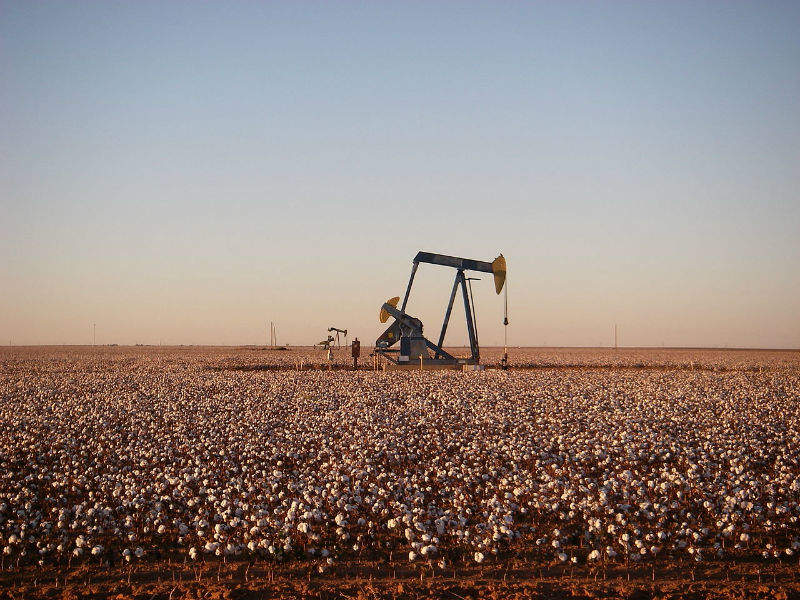
Shares of multinational oilfield services giant Halliburton fell the most in nearly four years, as investors forecast production capacity to continue outpacing demand. Permian Basin pipeline constraints, road, and rail transport issues have been cited as the primary reason for the demand lull.
The company said that some customers were reducing operations and lowering their rig count because increased production in the Permian Basin in Texas and New Mexico, US, had ‘bottlenecked’ supply as companies cannot transport the surplus oil to Gulf markets using the existing infrastructure.
Over the first and second quarters of 2018 Halliburton’s market share in the Permian Basin fell by around 7%, according to preliminary data from analyst Primary Vision – which tracks US hydraulic fracturing spreads. Share prices fell 8.1% to $41.53 in afternoon trade.
Halliburton CEO Jeffrey Miller said: “In some ways, we’re a victim of our own success, as we develop longer laterals with better production. As a result, we expect this area to have temporary softness in the back half of 2018, but it’s poised to regain activity as a calendar turns to 2019 and additional Permian Basin pipeline capacity is available.
“I expect that these temporary efficiency drags will create headwinds for additional upward pricing in the third quarter. Our competitors’ new and uncontacted equipment is also creating pricing pressure in some areas. We will continue our efforts to optimize pricing and utilization, pursue continued technology implantation and control cost to maintain our industry-leading returns.”
Miller added the company expects a further 4% share hit to revenue in the current quarter.
The bottlenecks have also driven down the price of regional crude relative to US benchmark oil as well as threatening to decrease demand for oilfield services and equipment, of which Halliburton is the largest US supplier, according to consultancy firm Rystad Energy.
The fall in market share comes at a time when Halliburton has experienced a 24% year-on-year rise in revenue for Q2.
The company continues to benefit from soaring US oil production – a record 11 million barrels per day this month across the country. However, the Permian Basin pipeline constraints have knocked more than 20% off Halliburton’s shares since May.
The US-based company’s operations are more heavily weighted toward domestic production, which is the reason the Permian pipeline bottlenecks have made the company more vulnerable than its rivals, such as Schlumberger, which missed its quarterly revenue forecasts last week.
The surge in production, coupled with crude oil prices doubling since early 2016, means the US should become the world’s largest oil producer this year.
Tortoise Energy Infrastructure managing director Rob Thummel said: “If the Permian was part of OPEC, it would be the fourth-largest OPEC member, right behind Saudi Arabia, Iran, and Iraq. By the end of the year, the Permian probably overtakes Iran.”



